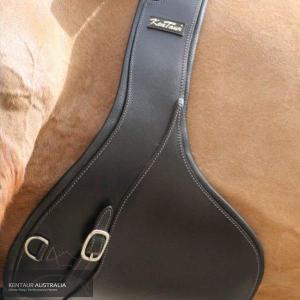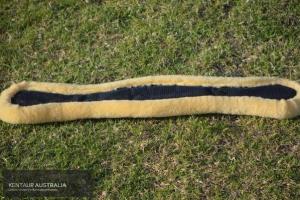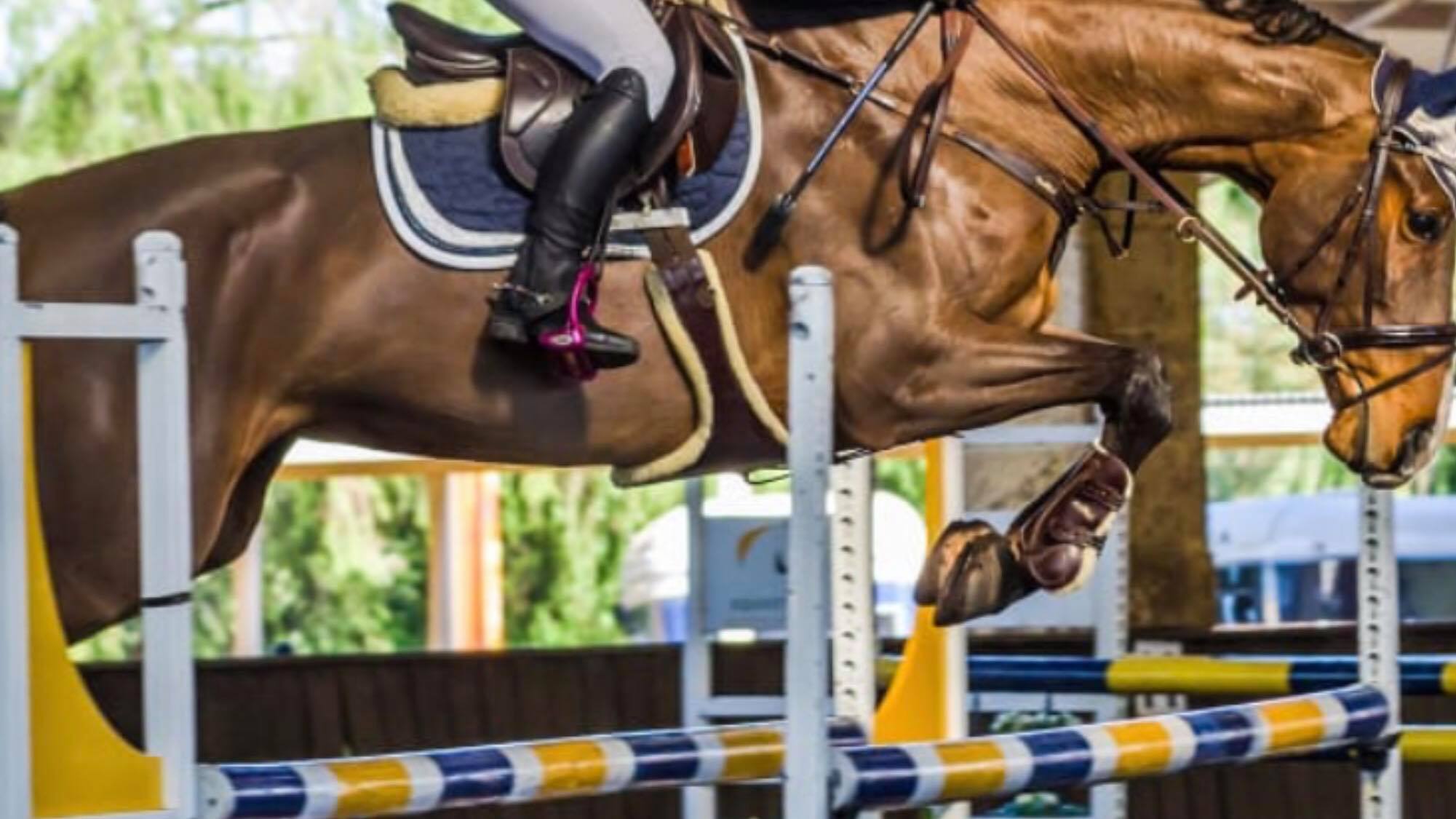It may seem like a simple piece of tack, but having the right girth is extremely important when it comes to your horse’s wardrobe. Not only can you NOT ride with a girth that is too small or big (unless you want to ride bareback!), but the wrong shape or type of girth can also result in discomfort and ‘girthy’ horses.
Most girths are available in two types; dressage or jumping. Within these, there are many different shapes, sizes, materials, and types of girth to choose from. So where do you start when trying to choose the right girth for YOUR horse?
We have broken down what we consider the main things to consider when choosing a girth:
Size
Size is probably the most critical factor when choosing a girth to suit your horse. Like humans, horses and ponies come in MANY different shapes and sizes. There is no such thing as a ‘one size fits all’ when it comes to girths (wouldn’t that be nice!). However, there are a few things that can help you guesstimate the size you will need.
The first is whether your saddle has long points or short points. Points are essentially the leather straps that hang down under the saddle flap that attach to the girth; they are generally ‘long’ (thus necessitating a short girth) in dressage saddles. General purpose and jump saddles can vary depending on the make, although you tend to see most jump saddles with short points (which would then require a long girth).
The next thing to consider is the size of your actual horse/pony. The unscientific way would be to look at your horse (their conformation and weight) and work out how far from ‘normal’ they are. In our experience, a standard horse that is not extra wide/narrow would wear a 130cm in a long girth, and 65cm in short girth. So logically, if you have horse that is larger than average, you would want to go bigger than this, and vice versa.
You could also try a friend’s girth and see how it fits on your horse. Remember that ideally, you want the girth to do up in the middle hole of the girth strap. However, probably the most accurate way to work out the correct size would be to place your saddle and saddle pad on the horse, then use a measuring tape stretched from one girth strap (from the middle hole) to the corresponding one on the other side, in the place that the girth would sit. You may need a helper to do this!

If the brand of girth you end up choosing is measured buckle to buckle (as our KenTaur girths are), then this should be a fairly accurate way of discovering the right girth length for your horse. But remember that different saddles will have different girth strap lengths, so this may vary!
Is your horse ‘girthy’?

Another important consideration is whether your horse is ‘girthy’ when you tack up. Behaviour such as pinning ears back and shuffling uncomfortably when doing up a girth may indicate that your horse is girthy. Sometimes this can simply be a habit and may not actually indicate that the horse is experiencing discomfort, but in other cases it can be that your girth or saddle is incorrectly fitted/shaped.
Besides the obvious step of getting a saddle fitter in to check your saddle, we would recommend using a shaped anatomical girth to provide maximum room for the elbow and shoulder. Often, straight girths can dig into the shoulders of a horse, leading to soreness (and yes, girthiness). Anatomical girths are also useful for extravagant movers or horses with large shoulders. We have a range of KenTaur dressage and jumping girths available in anatomical shapes.
Elastic girths can also be useful for girthy horses. By providing a slight amount of stretch, they can reduce pinching and provide a bit of extra breathing room for your horse. In saying that, you don’t want to get one with too much elastic, as that can cause it to lengthen out of shape. For this reason, many of our girths incorporate elastic straps on the buckles, with just the right amount of ‘give’.
Does your horse have sensitive skin?
Some horses, especially chestnuts and greys, seem to have more sensitive skin than others. This can cause rubbing and discomfort around the girth area, which has thin skin already. We recommend sheepskin girth liners for horses with sensitive skin, as they provide a soft, breathable and moisture wicking layer of protection. Many of our KenTaur girths are available in a removable sheepskin version, meaning that the sheepskin can be taken off and washed separately.

Will you be using training aids/attaching breastplates?
Girth attachments can make life a lot easier when it comes to attaching breastplates and training aids. D rings on the sides and rings/detachable straps in the middle of the girth are a much less cumbersome way to attach breastplates and draw reins. All our girths contain these attachments in various forms for convenience.

Will your horse be wearing studs?
Studs are a great way to provide extra grip and traction to your horse (especially in slippery conditions), but they can also be a hazard to your horse… Especially if you have one that likes to ‘tuck’ their front legs! Stud girths provide great protection to the belly area of the horse when jumping with studs in. As well as a wide range of stud girths, we have a KenTaur belly guard available that can be attached from a normal long girth.

What colour is the rest of your tack?
It’s not as important as the other factors, but no one likes to have un-matching gear! Whether you use black, brown, tobacco (or a combination!), it’s always nice to have matching leather for a polished look. All of girths are available in Black, Brown or Tobacco, meaning that you can choose your favourite colour.

So, hopefully now you have narrowed down your choice and have some idea of what girth to choose for your horse! It can also be a case of trial and error, as you find the style of girth that suits your horse or pony the best. You can view and shop our entire range of KenTaur girths here, or contact us for more information!





